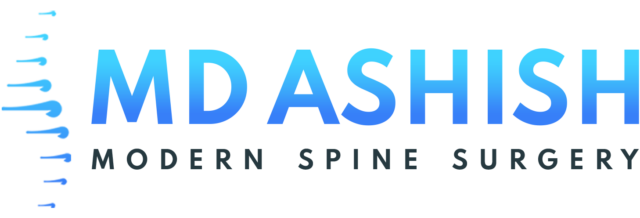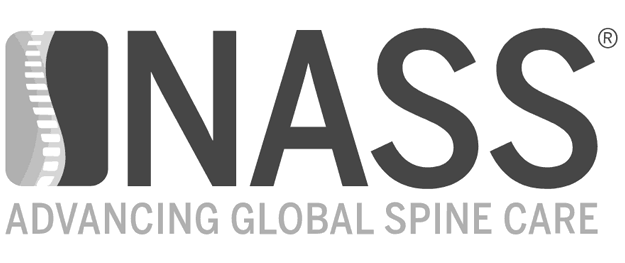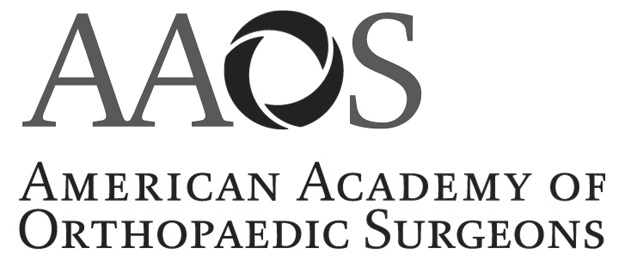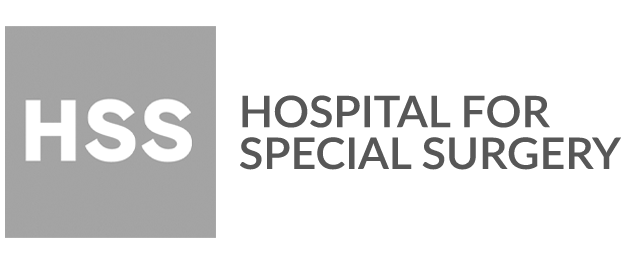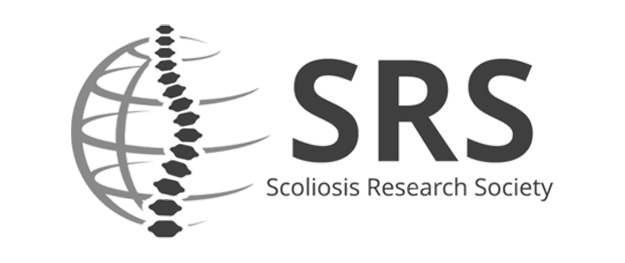PROCEDURES EXPLAINEDDiscectomy (Micro)
Microdiscectomy is the gold standard for relieving leg pain and numbness due to disc herniation. This procedure has a long history in spinal care, and most spinal surgeons are well versed in performing this surgery. During this surgery, the material causing pain will be removed through small incisions. Most of the disc is usually left intact, and only the bulging material causing pain is removed. Patients can usually return home within a few hours of the completion of their surgery.
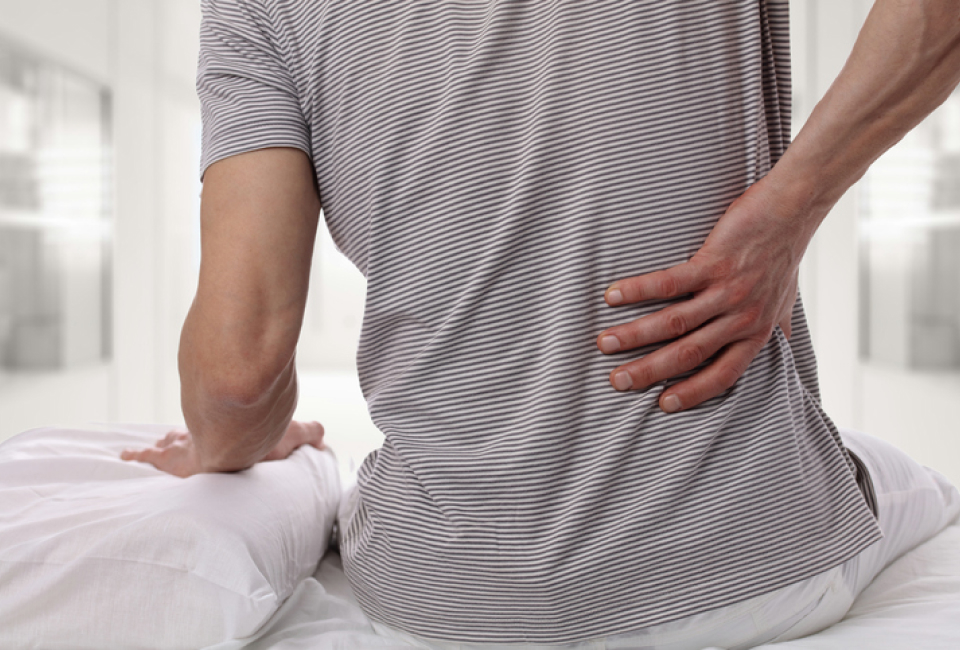
What to Expect
- You will have an IV placed in your arm or hand for the delivery of anesthetic to put you into a deep sleep and prevent pain during your surgery.
- Your surgical team will usually consist of a vascular surgeon as well as an orthopedic or neurosurgeon.
- A 1 to 1.5 inch incision is made in the back.
- Your back muscles will be taken up and off the bony lamina, and a retractor will be used to hold the back muscles, the erector spinae, to the side.
- Removing a membrane overlying the nerve roots, the surgeon will be able to access the spine.
- The surgeon will use operating glasses or an operating microscope to visualize the nerve roots.
- Sometimes, the surgeon will remove part of the inner facet joint to relieve pressure and improve access to the nerve root.
- It may also be necessary to remove part of the bone to access the surgical site. This is called a laminotomy.
- The nerve root is moved gently aside.
- Specialized instruments are used to remove the pressure-causing material from under the nerve root.
- The muscles are returned to their original place.
- The incision is closed, and steri-strips may be placed to facilitate healing.
- You will then be taken to a recovery area for close monitoring until you awaken. You will still have your IV, and may have a catheter to help facilitate urination while you recover. You may also have a sore throat from intubation. When you are fully alert and awake, you will then be returned to your hospital room.
Experiencing Symptoms of Discectomy (Micro)?
Dr. Patel is committed to high-quality, minimally invasive spine care. Schedule a consultation today.
Common Risks and/or Frequently Asked Questions

Bleeding

Blood clots

Nerve damage
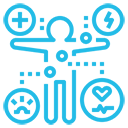
Return of symptoms

Infection
Post Procedural Instructions
- Activity Restriction
- Pain Management
- Incision Care
- Call if
- Desk jobs may be returned to in about 2 weeks, but others may require 4 weeks or more
- Do not drive or operate heavy machinery while taking narcotics
- Do not try to lift more than 10 pounds
- Do not smoke
- Walk as often as is comfortable on non-slippery surfaces
- Be mindful of body motion practices, as discussed with your physical therapist
- Post-procedural pain may last days to weeks as the inflammation subsides
- Take your prescribed pain medication as recommended, and inform your care team if relief is inadequate. It is normal to feel some degree of pain during the recovery process, but it should not be excruciating.
- Unless otherwise stated, your incisions are most likely sutured from the inside.
- Dressings may be removed about 48 hours after surgery, and incisions should be washed with soap and water
- Do NOT soak the incision site, baths, hot tubs, and pools should be avoided for 2-3 weeks until the wounds have fully healed
- Sunblock with SPF 30 or greater may be used to protect healing skin from discoloration, as new skin will lack the sun protectant pigment melanin
- Fever of 101.5 F or greater
- Redness, swelling, warmth around the incision site
- New neurological symptoms, such as weakness or loss of sensation that was not present before
- Loss of bowel or bladder control that is new
- Severe Pain
- Difficulty swallowing or speaking
- Severe Headaches
- Calf Swelling, as this may be a sign of thrombosis
- Chest pain, difficulty breathing, or cough
X-Ray
An effective and inexpensive option for quickly visualizing skeletal structures and isolating potential problem areas.
MRI
This is the treatment modality of choice for visualizing the soft tissues of the back such as ligaments and the intervertebral discs. Similar to CT, MRI imaging may also be enhanced with contrast.
CT Scan
In Computed Tomography, x-rays are taken rotationally and a computer generates a three-dimensional rendering from the two-dimensional slices. This can be enhanced with contrast, called a myelogram, to further visualize the spinal cord and nerves, as well as possible tumors.
